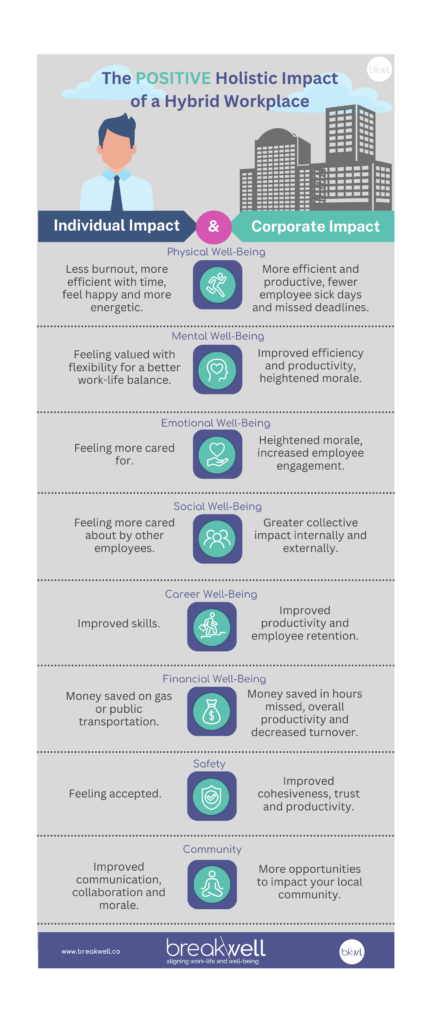The pandemic shifted countless businesses into a remote or hybrid work environment, which has magnified the “middle management squeeze”. Yet it’s middle management and a more flexible work environment that many companies need to nurture in order to be successful.
What is the Middle Management Squeeze?
In 2023, workplace studies reported that many mid-level managers – those who serve higher-level managers while also overseeing and serving other employees – are feeling “squeezed”. This plays out via two different scenarios. First, they may feel too much pressure without adequate support, and begin to look for jobs elsewhere.
In fact, 58% of executives believe middle managers’ concerns are heard while 58% of middle managers feel the opposite – and are not confident their concerns are being heard by executives (Predictive Index). The numbers don’t add up!
Second, when trying to cut costs to remain competitive in a challenging economy, executives look first at cutting out mid-level managers. So mid-level managers may fear that their jobs are at stake.
Flatter Business Structure is Not Better
The truth is that middle management is critical to your company’s success. Managers account for 70% of the variance in employee engagement according to this Gallup article.
Middle managers keep your upper management and employees working together smoothly through many tasks. They:
- Keep communication flowing from top to bottom and bottom to top
- Guide and oversee collaborations and projects
- Foster talent within employees
- Monitor behavior, performance and outcomes
- Manage internal and external deadlines
- Monitor compliance
- Coach and teach skills
Yet they often do not receive the support they need to do their jobs effectively, which leaves them feeling overworked and undervalued.
Though middle managers should spend the majority of their time managing and nurturing employees, a surprising number of them spend over half their time on administrative tasks (Business Management Daily). As it is, when your company eliminates middle management positions, top-level managers have to lead bigger teams and cover more of the middle manager to-dos.
Then when top-level managers have to complete more administrative tasks while overseeing more people, your employees will become even less nurtured and engaged.
Hybrid Done Right is the Way to Grow
A hybrid format combines working in the office or onsite and working remotely.
Instead of flattening your business structure and feeding the middle manager squeeze, your best option is likely to shift to a hybrid work environment that adds the support all your employees need to do their jobs well while making them feel valued.
A hybrid solution done “right” will look different based on your company’s goals and employees’ needs. But the “wrong” way of doing hybrid entails allowing employees to work remotely without equipping them to operate in a hybrid environment. Providing the proper technology is just the first step.
You must also consider:
- Establishing new goals and expectations, given the hybrid format
- Establishing new work and approval flows
- Incorporating new performance measuring systems
- Training/coaching managers on how to be effective in a hybrid environment
- Creating more opportunities for collaboration and communication
According to Gallup research, on average, employees prefer to be in the office 2-3 days per week, ideally Tuesday-Thursday. This schedule also tends to optimize the engagement of all levels of employees.
The payback of offering hybrid work is significant. Hybrid work environments have proven to:
- Heighten employee engagement
- Reduce employee and manager burnout
- Improve employee retention
- Attract new talent to your team
- Improve efficiency
- Provide a better work-life balance
And nurturing a better work-life balance in your company’s culture will establish a sense of employee care, which can take your business to new levels in performance and morale.
In fact, cultivating a properly supported hybrid work environment can greatly impact your business’ and employees’ health holistically. Consider the examples below.

If you make changes to your company’s structure or culture without a holistic approach, any success you encounter is likely to be short-lived. But when you integrate all of BreakWell’s 8 pillars of well-being into your solution, your company and employees will be more equipped and motivated to grow upon that success!
